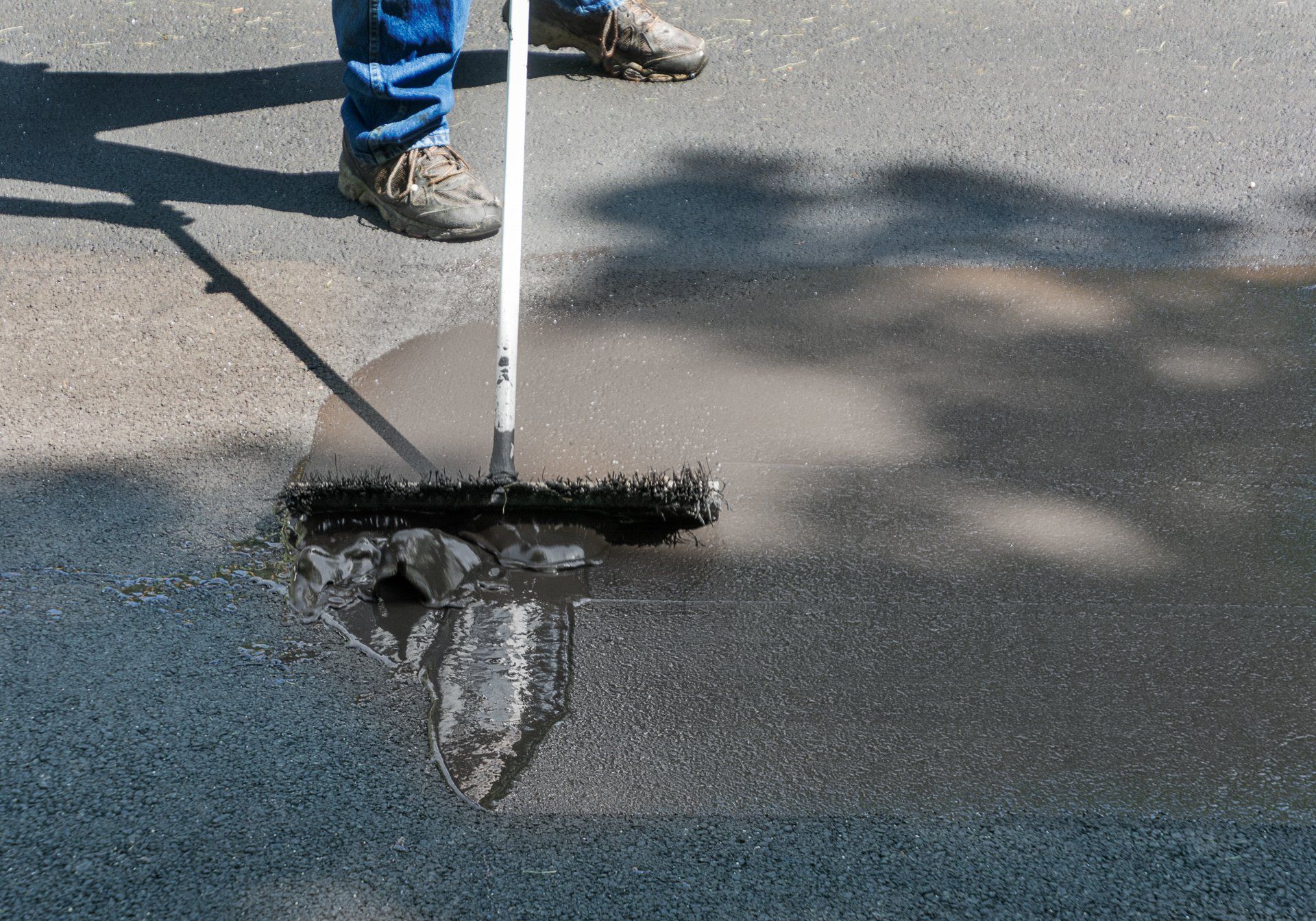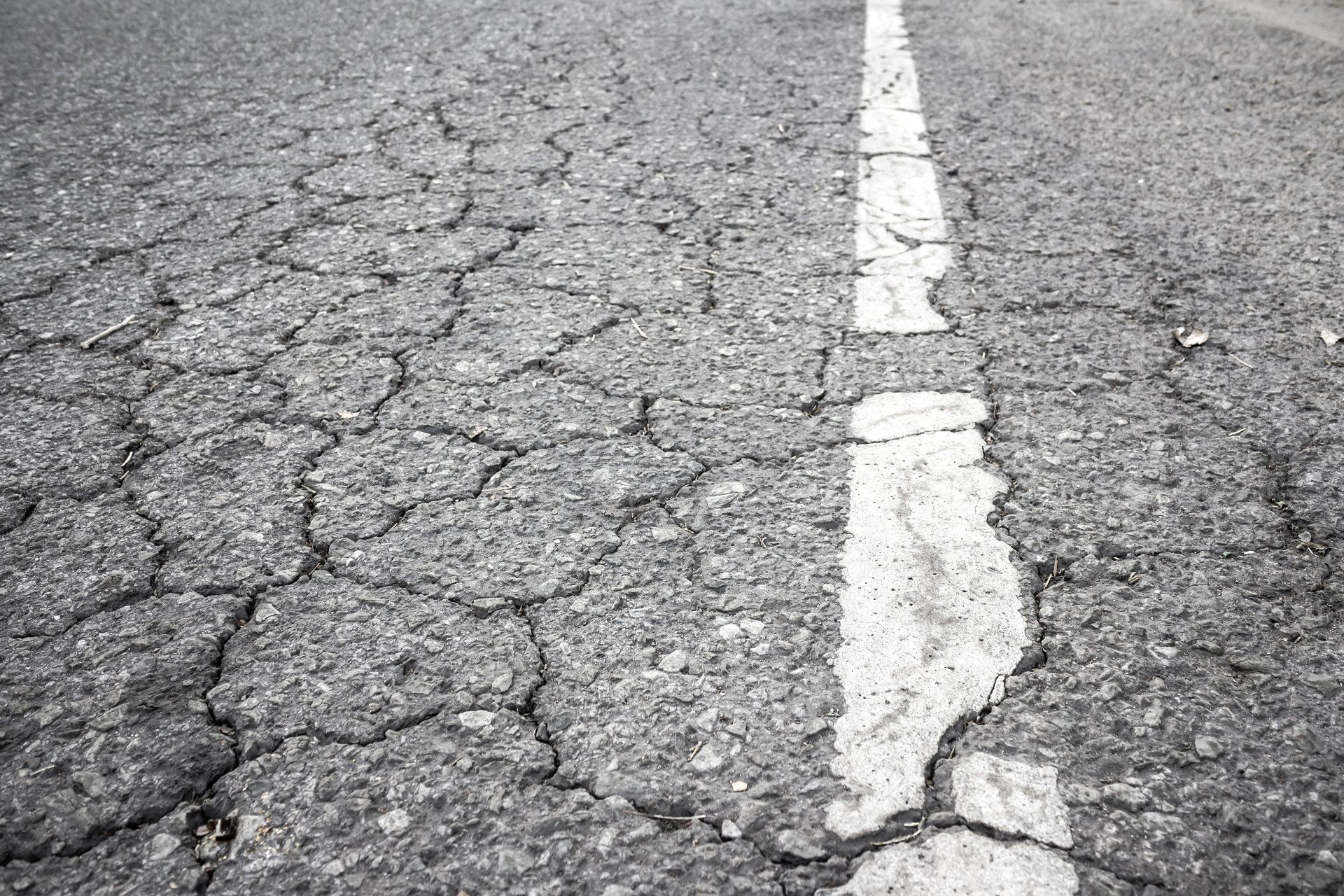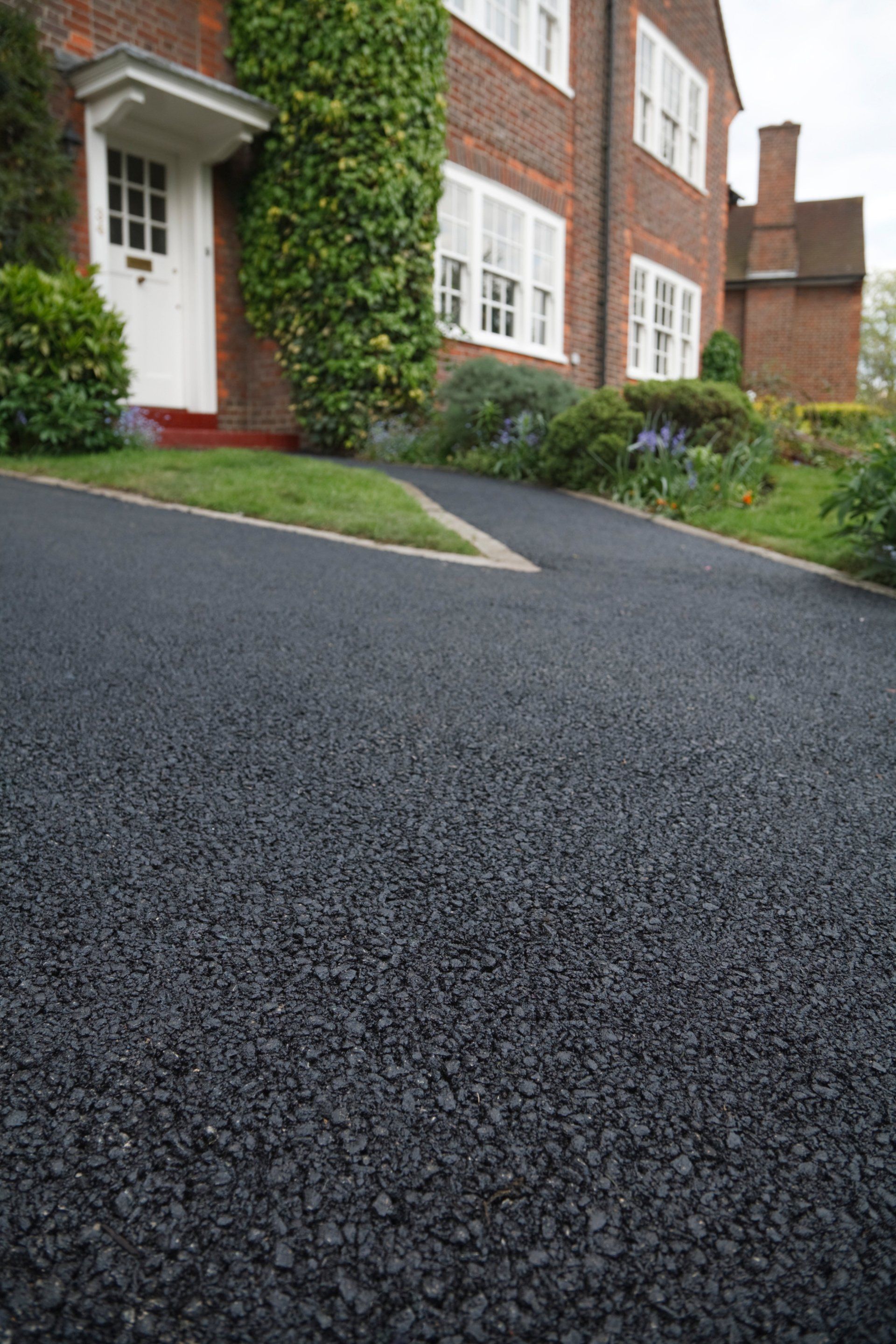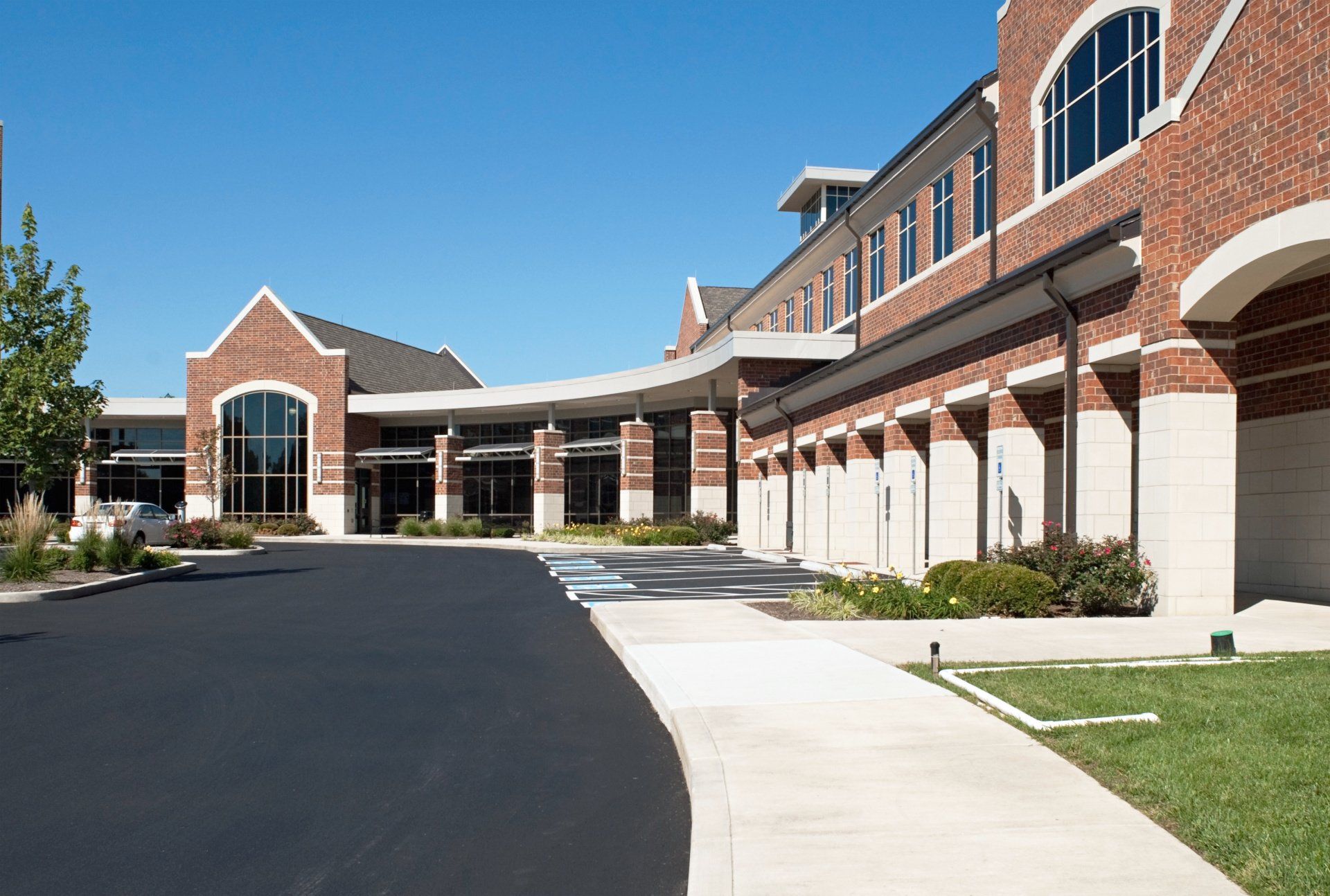How to Repair Crack Asphalt Driveway
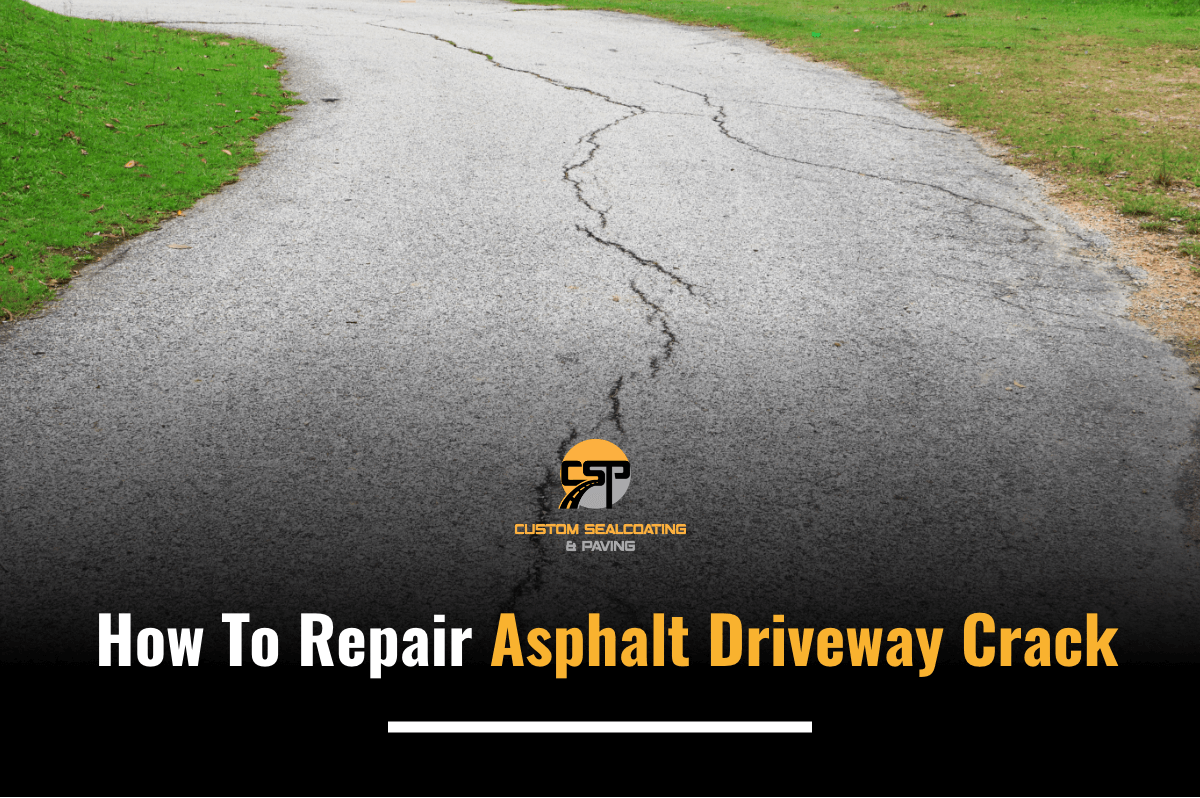
We all know that cracked asphalt is bad news. It can affect drainage and the structure of your driveway, making the surface unlevel and unsightly. As a homeowner, it's important to maintain the appearance of your drive. The same goes for commercial and industrial property owners, too. Asphalt driveways can be one of the smartest investments. Their wide surface area makes them suitable for carrying heavy vehicle traffic, keeping the ground cool on particularly hot days, and absorbing sound around your property.
If well-maintained, you can drive on top of an
asphalt driveway without worrying about raised or sunken areas, which makes it especially attractive to contractors. If not, then we're here to help! We have listed the types of cracks to look out for, as well as some ideas on how to fix them.
Transverse Cracking
Transverse cracks develop perpendicular to the asphalt structure's centerline, typically in the same direction as the aggregate was poured. Poor construction or reflecting fissures deep beneath the surface or close to the asphalt pavement's base can cause transverse cracks, as can some longitudinal crack forms.
Transverse cracks are repaired in the same way as longitudinal cracks are repaired.
Longitudinal Cracking
Longitudinal cracks span the length of the pavement, from one end to the other, down the centerline or slightly off-center in the direction the pavement was laid down. Pavement fatigue is primarily caused by aging, excessive use, or inadequate maintenance. Another key factor is inadequate initial design and installation.
Small longitudinal fractures of half an inch or less in-depth and width can be swiftly sealed or patched to keep water from accessing the surface and causing more harm. Larger cracks require full surface rehabilitation, which includes removing the asphalt and replacing it with new aggregate.
Alligator Cracking
This problem is exactly what it appears to be. Because it is made up of a series of hairline fractures that intersect in a lattice-like pattern, alligator cracking looks like an alligator's dry and cracked skin.
Ignoring this type of cracking will only exacerbate the problem as vehicles of varying sizes and weight capacities continue to drive on it. Alligator cracking may lead to potholes, which are more expensive and difficult to repair.
Alligator cracking is frequently a sign of a more significant structural problem that should be explored thoroughly. A simple repair will not suffice. Depending on the extent and depth of the damage, the most successful way is to remove the damaged asphalt, compact the base aggregate, and then patch the area. If the cracking has spread throughout the pavement, a total asphalt overlay may be required.
Edge Cracking
As the name implies, edge cracking starts at the very corners or on the sides of the pavement and proceeds toward the center of the building. A sagging foundation or a lack of appropriate support along the pavement's outside border are common causes. If you notice cracks on one side of the pavement construction, evaluate the surrounding boundaries to make sure they have a strong enough internal support system to prevent additional damage.
The repair of edge cracking is usually simple. Minor cracks can be sealed or filled with a hot or cold patch. To prevent future cracking, however, the deeper issue of insufficient support must be addressed, and this is where the real work begins.
Block Cracking
When cracks emerge in a large square or rectangular patterns over your asphalt pavement, this is known as block cracking. A weak binding agent in the asphalt aggregate is the most typical cause of this type of cracking. When the binding ingredient is insufficient or vanishes over time, the asphalt surface fails to contract and extract with temperature changes. When block cracking starts in one area of your parking lot, it can soon spread throughout the lot, causing more catastrophic damages like potholes.
A simple sealer or patch job on microscopic block cracks that cover 1.2 inches or less of surface area can keep the gaps from spreading and allow moisture or debris in. Seal the surface area for added protection.
Joint Reflection Cracking
Joint reflection cracking is caused by thermal and moisture fluctuations in the asphalt pavement's subbase. Surface cracking can result from sudden temperature fluctuations that cause the underlying PCC slabs to shift. Cracks occur just above the internal pavement joints and spread quickly across the asphalt's surface. Joint reflection cracking can be misinterpreted as block cracking from the outside due to the square or rectangular patterns that appear on the surface.
A patch or sealant can quickly fix small joint reflection fractures close to the pavement's surface. Larger cracks in the pavement will demand a complete asphalt overhaul and repaving with a more durable aggregate.
Slippage Cracking
Lack of cohesion and proper compaction between two layers of asphalt pavement causes slippage fractures that resemble crescents or half-moons. When fresh asphalt is poured on top of existing or foundational asphalt aggregate without ensuring that the two combinations are harmoniously integrated, this happens. Exposure to dirt, pollutants, oil leakage, or other types of vehicle leaks that might break down the asphalt aggregate's weak bonding agent can cause this asphalt fault to develop over time.
Only by partially or completely removing the asphalt in the affected area and replacing it with new aggregate can slippage cracks be fixed.
Driveway Sealcoating Services in La Crosse
Custom Sealcoating and Paving will assist you with any asphalt driveway issues. We provide high-quality asphalt paving, asphalt repair, and asphalt maintenance to residential, commercial, municipal, and industrial clients. Request your free quote today!

